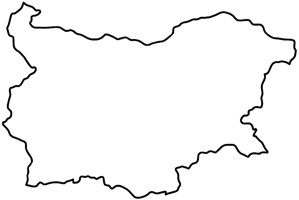
|
The Society of Folk Dance Historians (SFDH)
Bulgarian Dance
[
Home |
About |
Encyclopedia | CLICK AN IMAGE TO ENLARGE |

|
SEVERNJAŠKO
(Northern Bulgaria)
|
Dance
|
|
TRAKIJA
(Thrace)
|
Dance
|
Music
|
ŠOPLUK
(Western Bulgaria)
|
Dance
|
Music
|
DOBRUDŽA
(Northwestern Bulgaria)
|
Dance MEN
WOMEN
|
Music
|
PIRIN
(Bulgarian Macedonia)
|
Dance
|
Music
|
RODOPA
(Rhodope Mountain Range)
|
Dance
MEN
WOMEN
|
Music
|
DOCUMENT
- Bulgaria, a country.
Used with permission of the author.
Reprinted from the 1988 University of the Pacific (Stockton) Folk Dance Camp syllabus.
This page © 2018 by Ron Houston.
Please do not copy any part of this page without including this copyright notice.
Please do not copy small portions out of context.
Please do not copy large portions without permission from Ron Houston.
